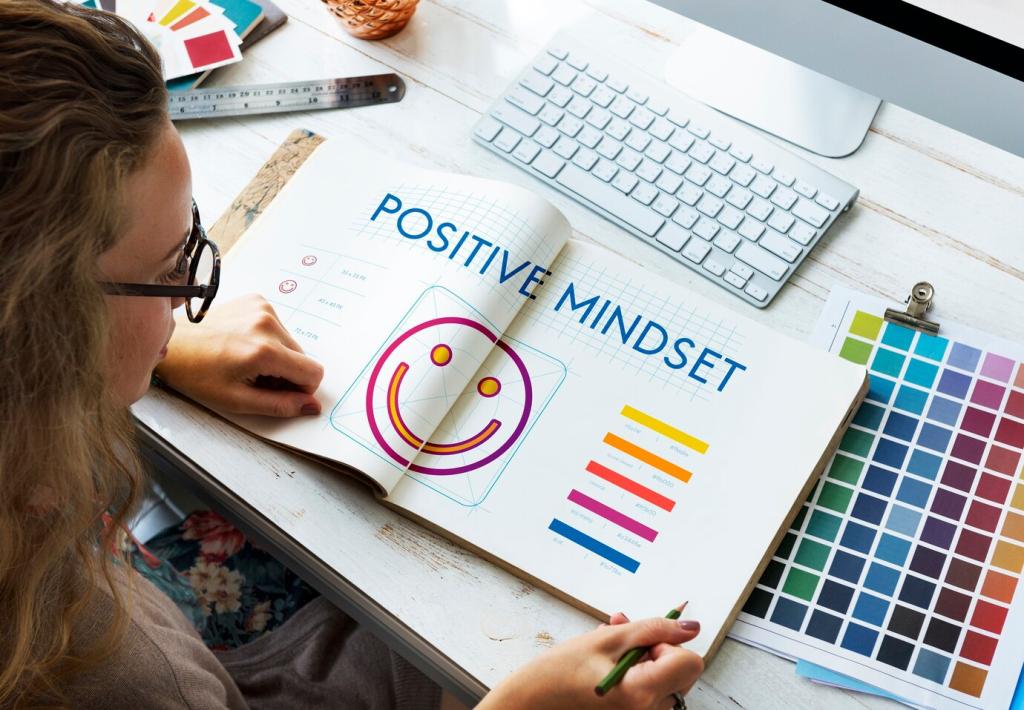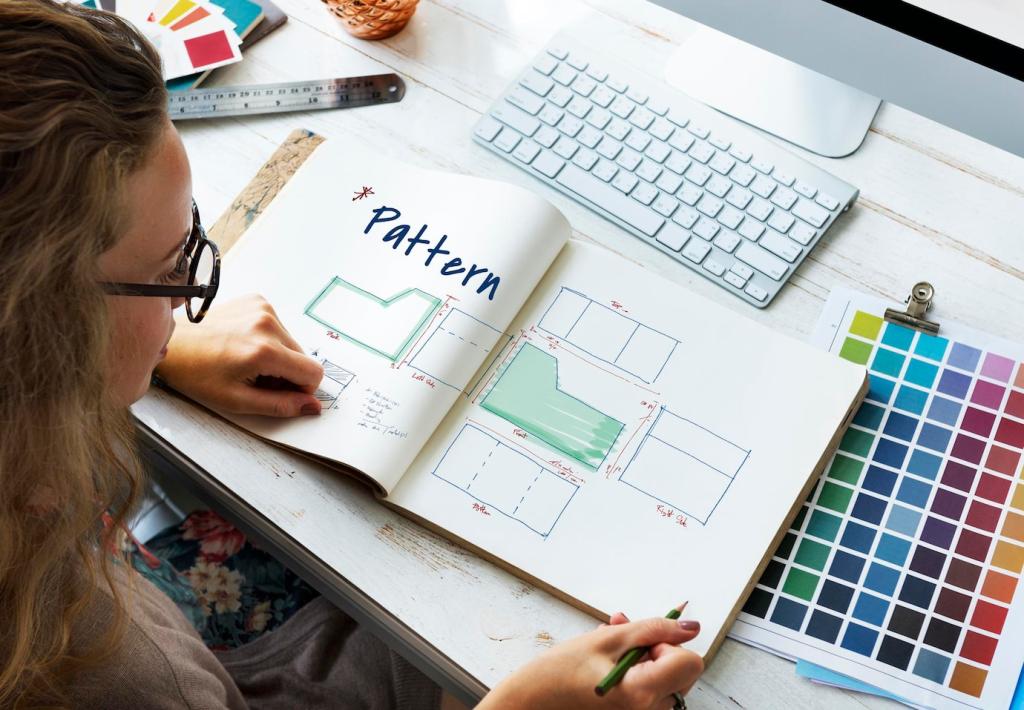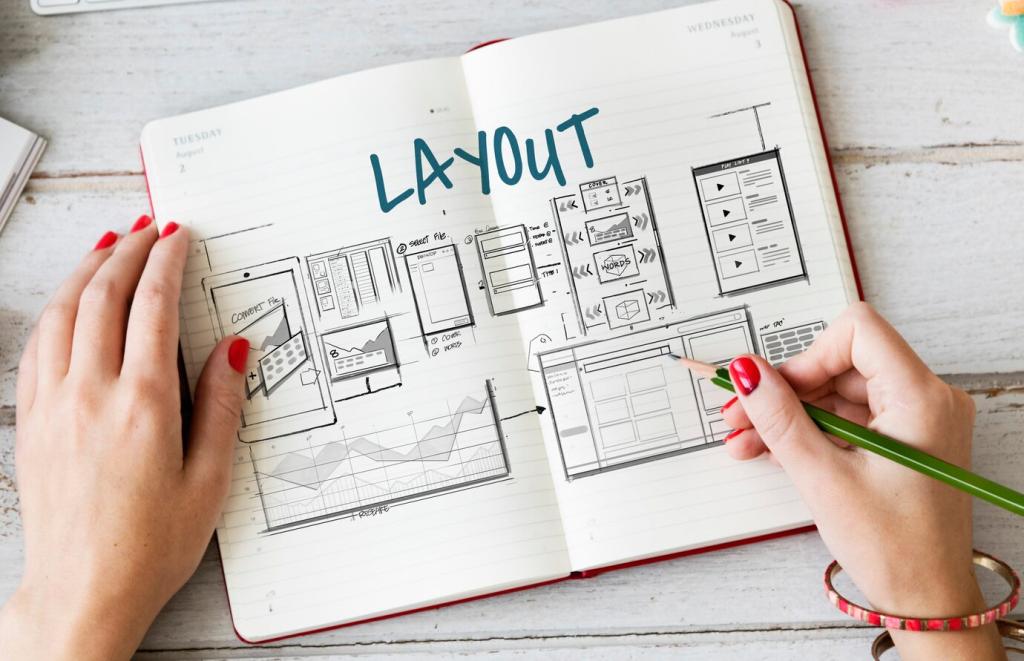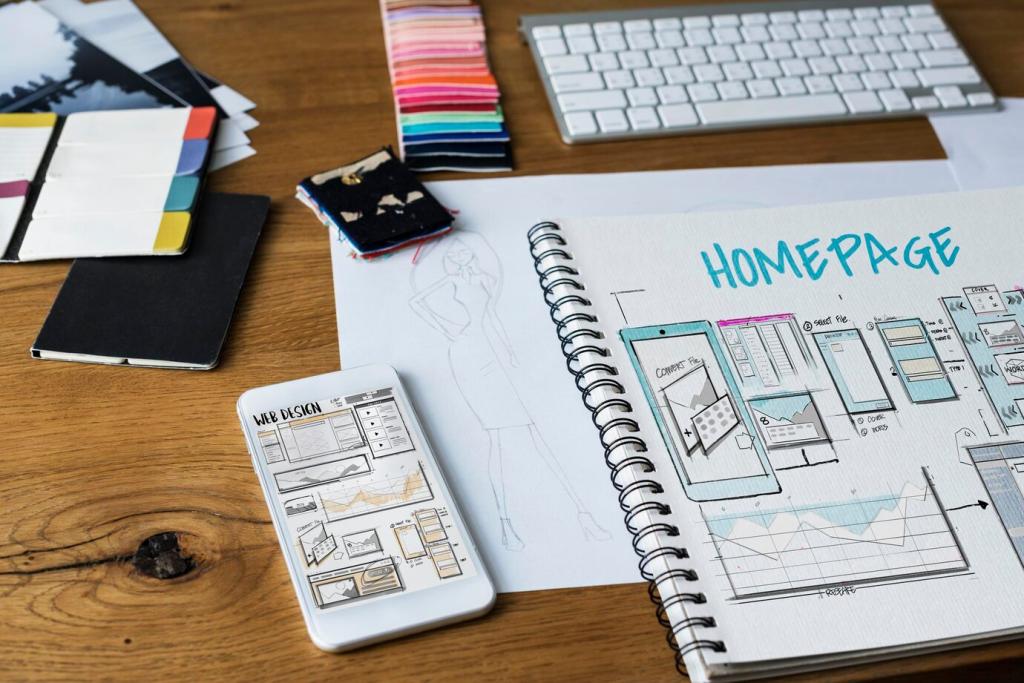Navigation That Feels Effortless
Adopt platform conventions like tab bars and back gestures to reduce learning curves. Customize labels and icons for clarity, not novelty. Conventions free users’ minds to focus on their goals, not your interface.
Navigation That Feels Effortless
Reveal complexity gradually. Keep primary paths shallow, with details tucked behind clear labels and chevrons. This approach reduces overwhelm, accelerates onboarding, and keeps power tools available for expert users.






